It's a Bird. It's a Plane. It's a Weather Balloon!
by Daphne Thompson, on May 23, 2016 3:02:13 PM
Every day, 92 NOAA National Weather Service Offices release two weather balloons. They are released at 00:00 UTC and 12:00 UTC. Overall, there are over 800 upper-air stations through the world performing this duty. Data from the weather balloons provide invaluable information about the atmosphere.
On occasion, a special release occurs. This happens usually when severe weather is in the forecast and the information from the weather balloon is needed to clarify a forecast. The Norman NWS did this today at 19:00 UTC.
1. The first step is to choose a radiosonde, these boxes contain instruments which measure pressure, temperature, relative humidity and the GPS position. The data is then transmitted every second. Before it is launched, it is checked over to make sure it is working properly and dated for the launch.
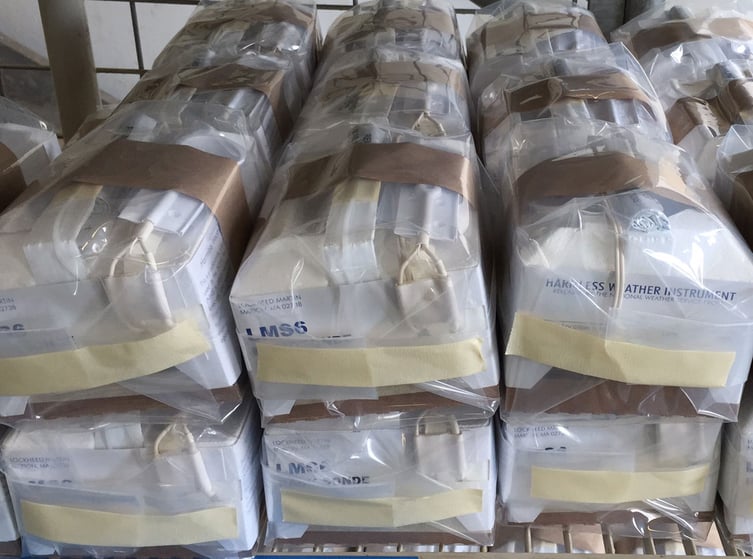 Radiosondes Waiting to Be Chosen
Radiosondes Waiting to Be Chosen
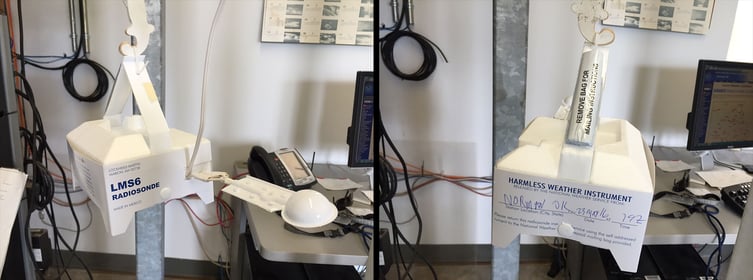 Radiosonde Being Checked Over Prior to Launch
Radiosonde Being Checked Over Prior to Launch
2. While the radiosonde is being checked over, the balloon is inflated and an orange parachute is attached. A weather balloon will expand with height as pressure decreases. Usually ascending to over 110,000 feet, the balloon will get so large that it will eventually pop. The parachute will help the radiosonde float to the ground without causing any damage.
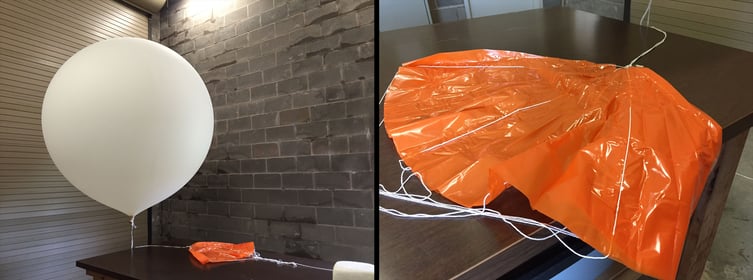 NOAA NWS Weather Balloon and Parachute
NOAA NWS Weather Balloon and Parachute
3. When the radiosonde is ready to go, a phone call is made to the closest airport. Here the NOAA NWS employee calls the Max Westheimer Airport in Norman. The reason is that a launch would need to wait if there was an aircraft overhead. The airport gives the all clear.
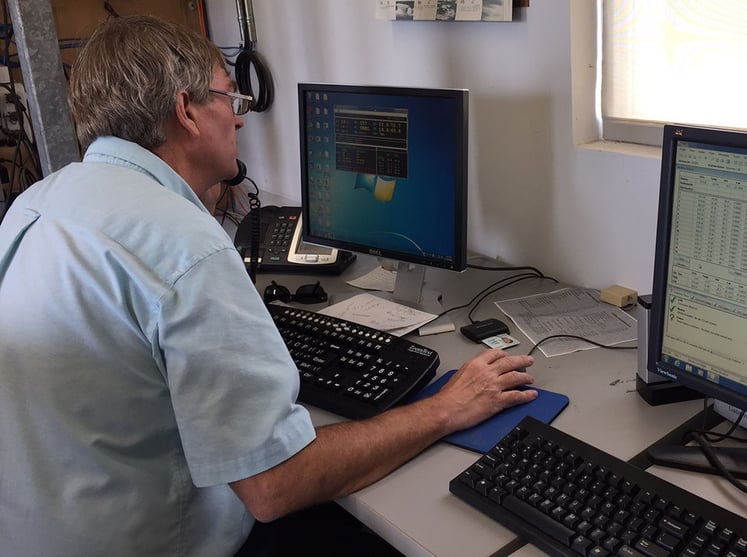 An All Clear is Given by the Local Airport
An All Clear is Given by the Local Airport
4. It is time for the launch. The radiosonde is attached to the string connecting it to the balloon and parachute. The NOAA NWS employee then carefully walks the balloon out from the building it where it was inflated. The balloon is released and the radiosonde follows it.

Launch Time
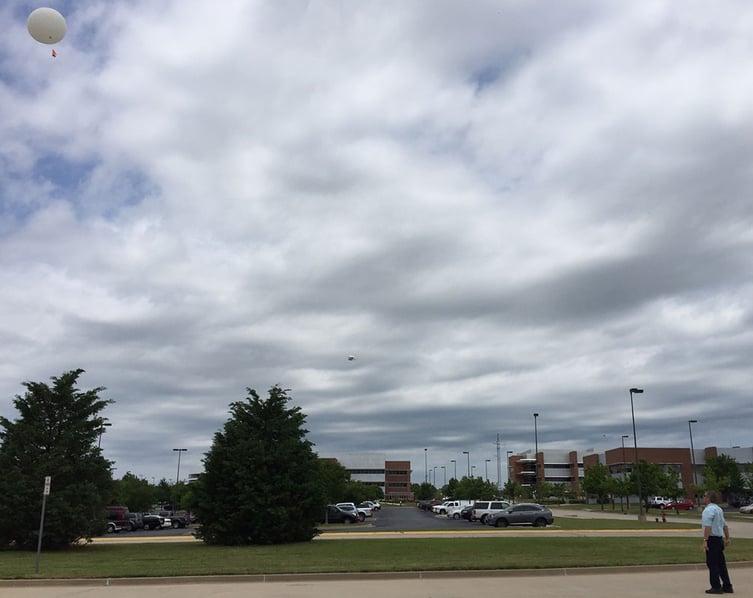 Up, Up and Away
Up, Up and Away
5. After the launch, the data for the balloon and radiosonde is checked over for accuracy. Sometimes, data near the surface need to be manually deleted. As the radiosonde floats away, wind speed and direction are obtained by tracking the location using GPS. The raw data can be read immediately, but once the launch is complete it will be plotted on a special graph known as a skew-t. This plot is also known as a sounding. Weather balloons give meteorologists essential information about the atmosphere's conditions leading to better forecasts.
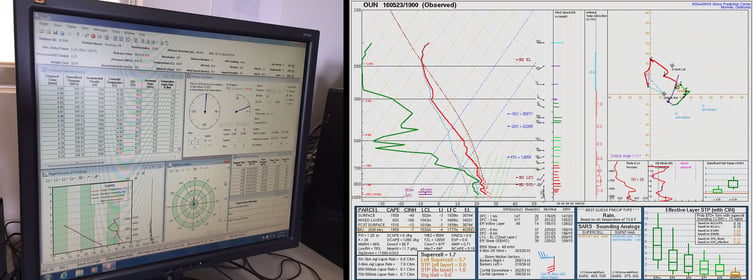
Data from the Radiosonde







